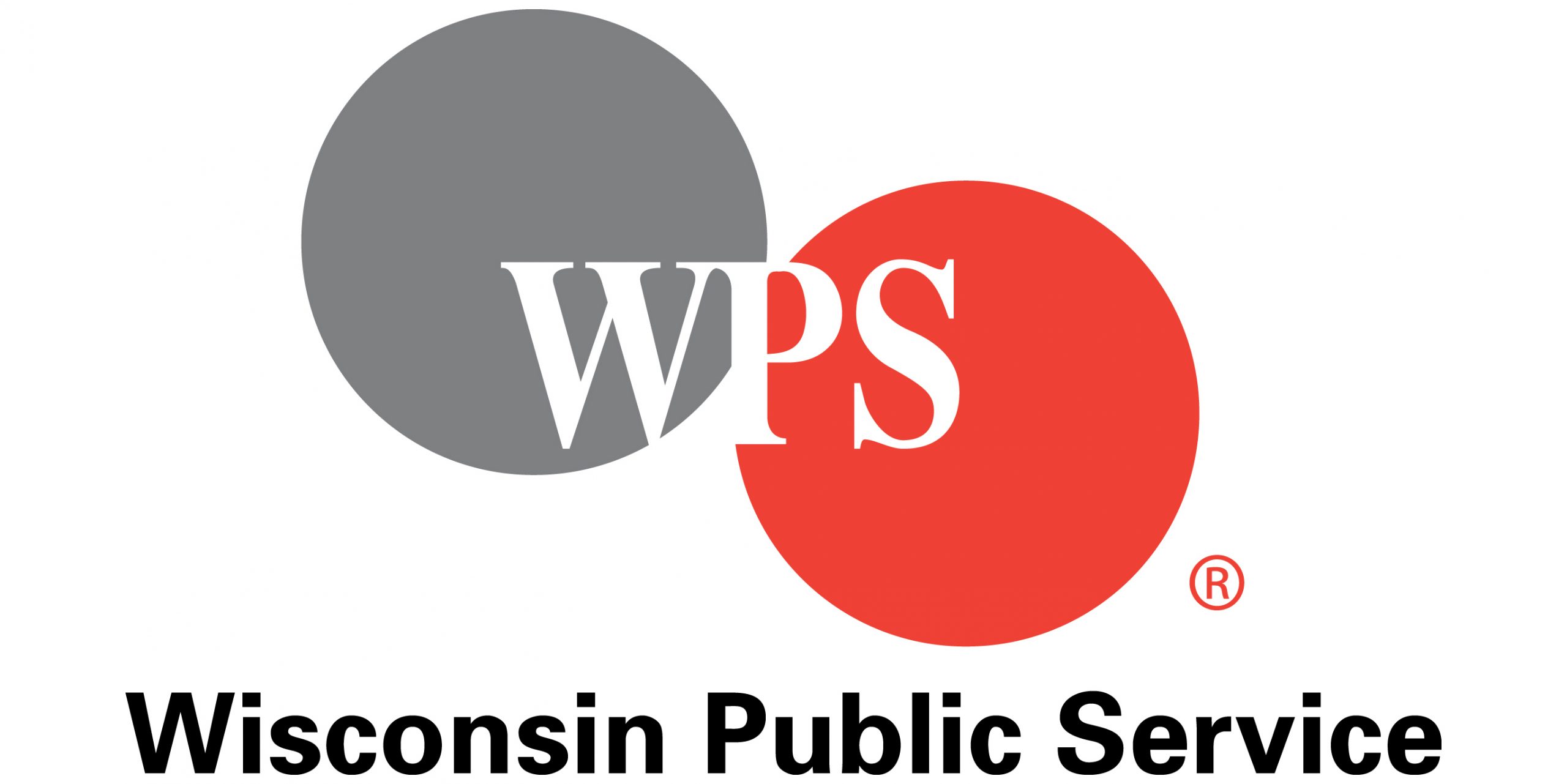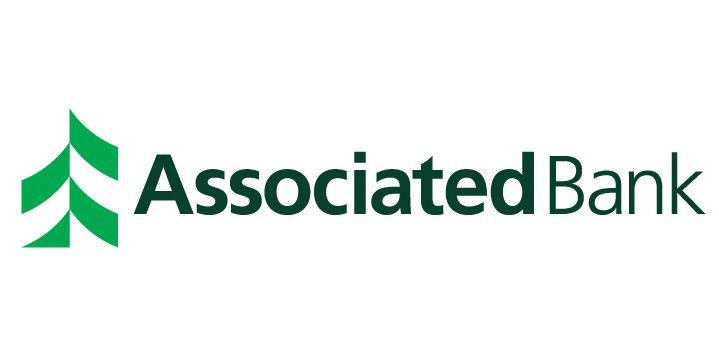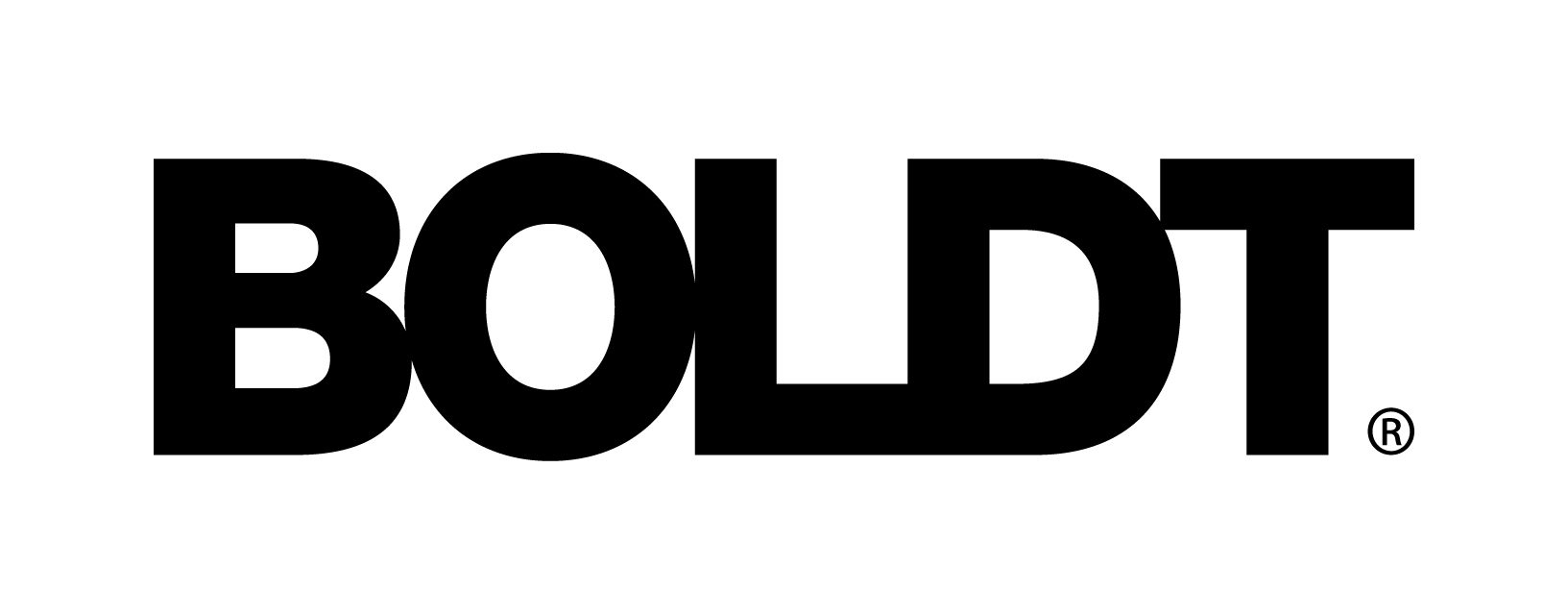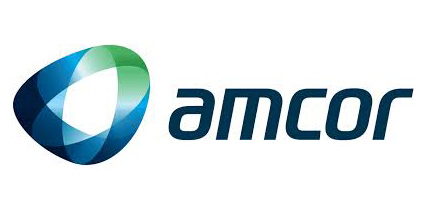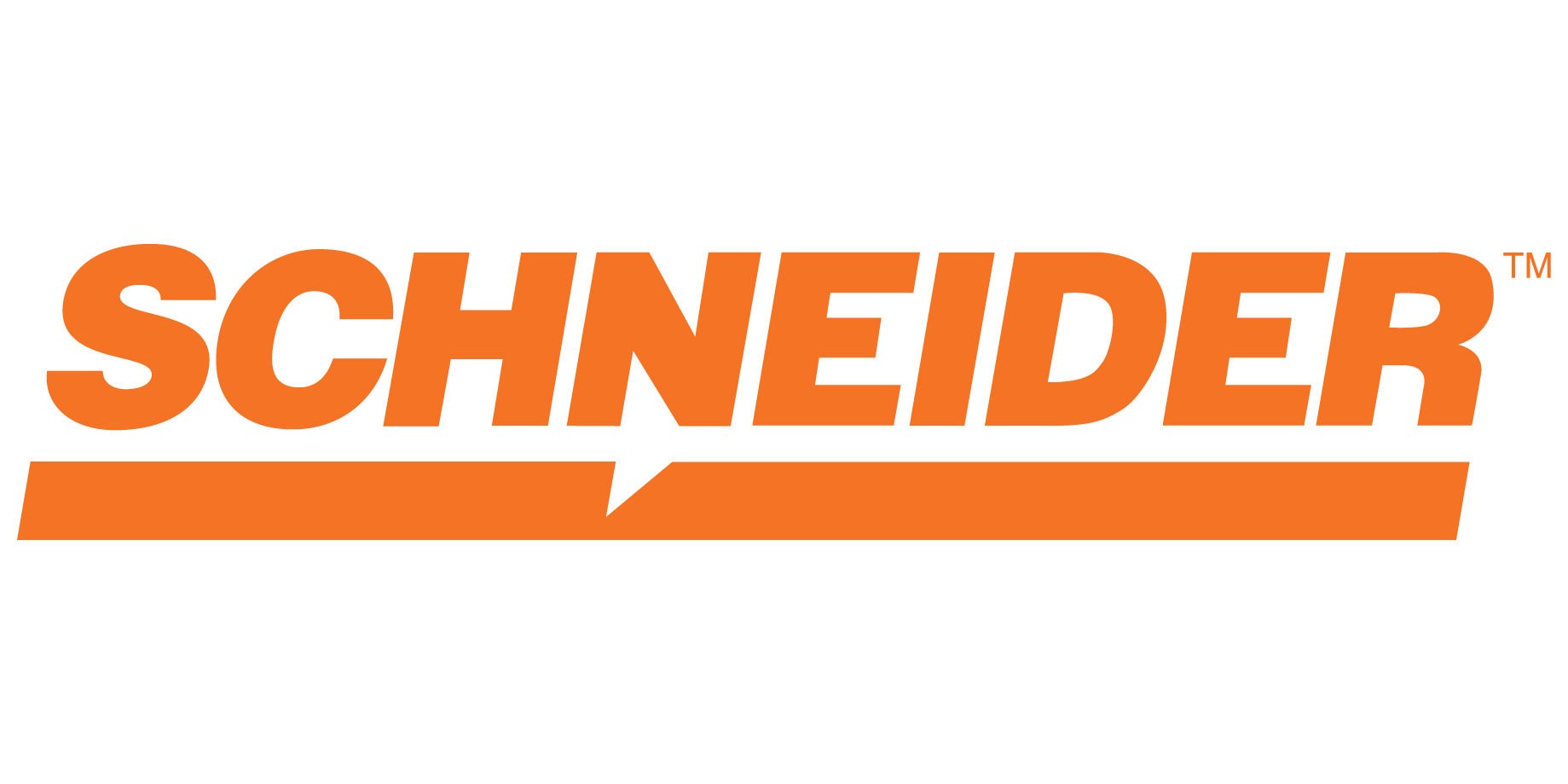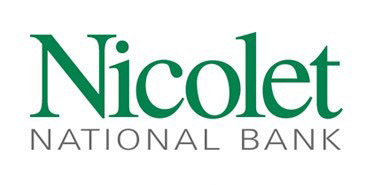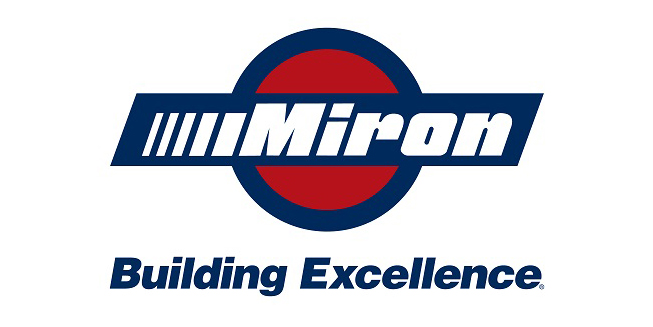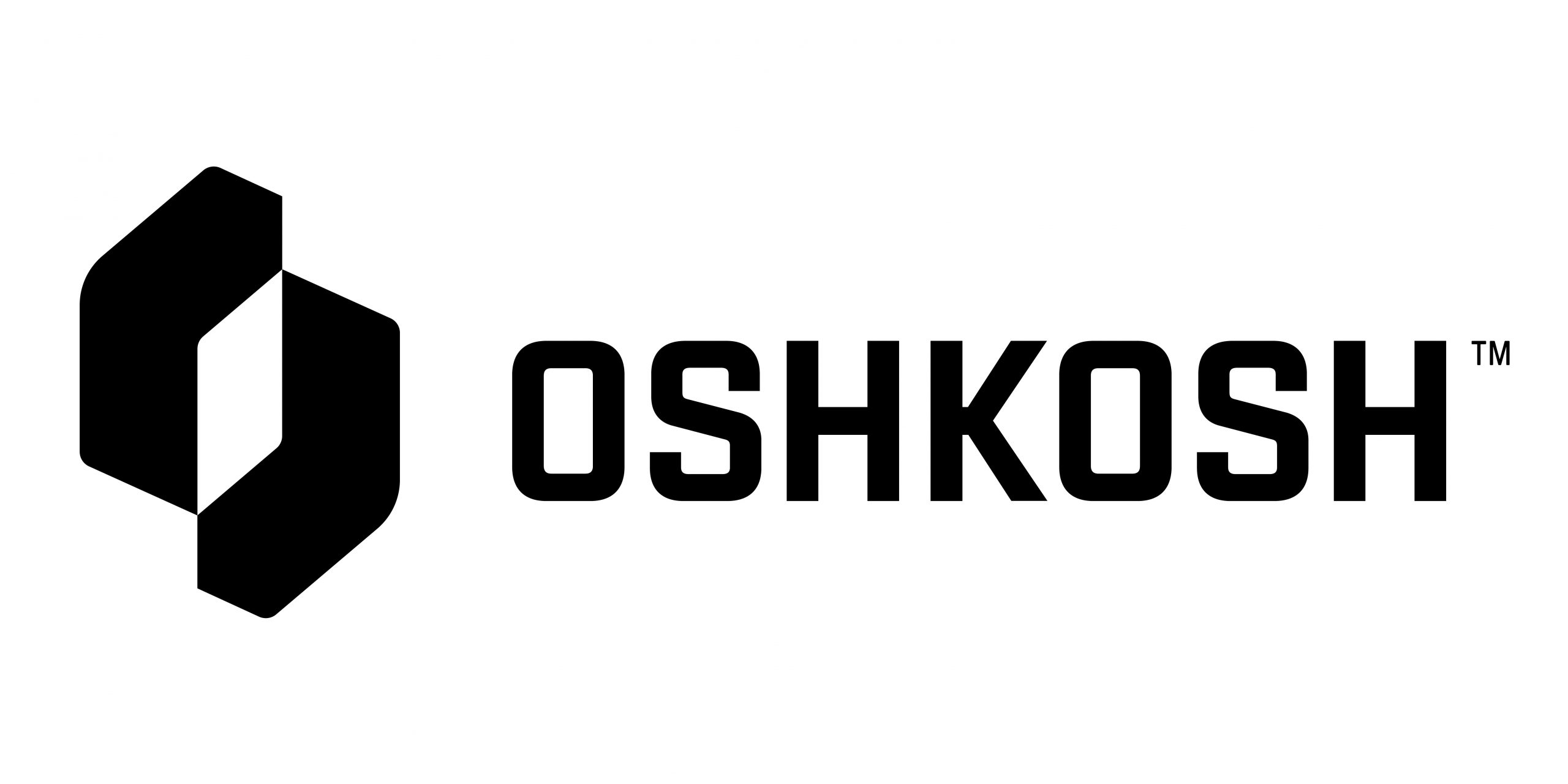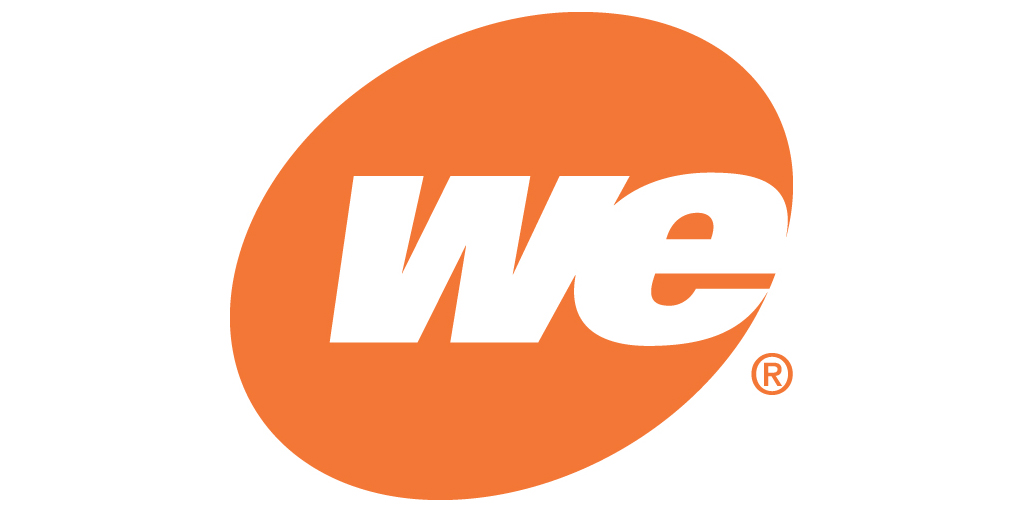

- About
- Investors
- Entrepreneurs
- Business
- Talent Hub
- Live, Work, Play
- Diversity & Inclusion
- Summit
- News
- Contact




Home › Global Strategy Study


The purpose of the study is to increase exports for small to medium size companies in the New North region, known as Northeast Wisconsin, thus increasing total employment and investment within the region. This project is a part of the Economic Development Administration’s Community Trade Adjustment Assistance Program. This program assists communities impacted by trade with economic adjustment through the: (1) coordination of federal, State, and local resources; (2) creation of community-based development strategies; and (3) development and provision of programs that help communities adjust to trade impacts.
Read the full Global Strategy Report Part 1 and Global Strategy Report Part 2 from Global New North
The project was facilitated by a core team with oversight from a Stakeholder Committee. This team was assembled at the start of the project and some members will stay involved for future activities. The outline of the project included the following core areas;
Newmark Knight Frank (now known as Newmark Grubb Knight Frank) was commissioned to provide analysis and trend data for potential international markets and industries to pursue. The following methods were used to during the project to gain data for the region:
Full results and background information are available online in the Global New North Background Report.
From analysis conducted of survey results, a number of goals and strategic outcomes were assigned to the Global New North team to fulfill in order to begin delivering on ultimate goals of increasing export activity to the region, while increasing jobs and investment for our region’s communities. Goals include:
Increase capacity of economic development professionals to better assist companies seeking to expand into global markets.
The interviews and research conducted for this study revealed that there is a significant lack of information on, and understanding of, global trade amongst local economic development professionals in Northeast Wisconsin. Because local economic development professionals are the primary implementers of the other goals identified in this implementation plan, the process must begin by helping those professionals develop the necessary tools. The purpose of this goal is to do three things:
Strategies
1.1: Incorporate all local economic development professionals in the process of unveiling this strategy.
1.2: Centralize primary expertise in the region so local developers have a consistent source of information and answers.
1.3: Develop a comprehensive database of existing services offered to businesses seeking assistance with engaging in global trade.
1.4: Make educational resources accessible to time and resource constrained local economic developers.
Develop a strategy framework to identify, prioritize and engage companies that could benefit from services aimed at encouraging global trade.
Any successful outreach initiative has a defined strategy to ensure resources are directed at the appropriate targets. In this instances, the limited time and resources of local economic developers make a tight strategy all the more important. Because each county economic developer will likely be undertaking their own outreach, there cannot be a single overarching strategy. Instead, a strategy framework should be created that can be used by economic developers to develop their own strategy, specific to their county and businesses. Therefore, the strategies and action items identified for this goal are intended to be that framework; in other words, the action items are written as a suggested process for the local economic development professional. Given time and resource constraints of local economic developers the action items are designed to be simple but effective.
Strategies
2.1: Create a database of companies and their relationship to international trade.
2.2: First priority businesses should be those that are most likely to provide short-term successes.
2.3: Long-term, focus resources on companies with the biggest potential impact on the local economy.
2.4: Recruit companies for special WMEP Expor-Tech sessions focused specifically on the sectors and markets/countries identified in this report.
2.5: Recruit companies for trade missions and trade shows focused specifically on the sectors and markets/countries identified in this report.
Track, document and publicize impact of the global trade outreach initiative.
A critical, and often overlooked, component of any economic development initiative is performance tracking using agreed upon and standardized metrics. Documenting the impact of outreach efforts on the local economy using a standard set of metrics will allow for reporting at a regional level, and the ability to use concrete data as a tool when seeking funding or assistance from outside organizations.
Strategies
3.1: Utilize standard metrics to measure success.
3.2: Integrate local and regional tracking.
3.3: Develop consistent reporting techniques to publicize the initiative.
Create a clearinghouse of data driven, internal market opportunity analysis for Wisconsin industries, products and businesses.
The analysis conducted as part of this study is intended to give companies some level of comfort in expending resources to identify ideal markets for their product. The market opportunity analysis was completed for only four industries and two specific destination countries. The same type of analysis should be conducted for other industries and, if warranted, specific product segments. Research conducted as part of this or a future outreach initiative will never be a complete substitute for company lead research to identify very detailed opportunity that aligns with their specific product niche. However, the basic information on underlying drivers should help overcome fear of the unknown; the number one barrier to entering the global trade market.
Strategies
4.1: Develop the capability to become a source of strategic information for regional industries and companies.
4.2: Leverage broader resources to expand data clearing house
4.3: Develop publicly accessible data clearinghouse
Actively promote infrastructure and policy initiatives at the local and state level that would benefit global trade in Northeast Wisconsin.
Although this is a regionally focused initiative there are many external factors that will impact its success. Atop the list of external factors are public policy decisions and infrastructure projects. The regional representative for the study area must be willing to actively promote the needs of this project from a policy perspective in order to ensure long-term success.
Strategies
5.1: Maintain policy/initiative priority list for the region and the state
5.2: Fill role as organizer and “partner advocate” on key issues pertinent with multiple stakeholders




